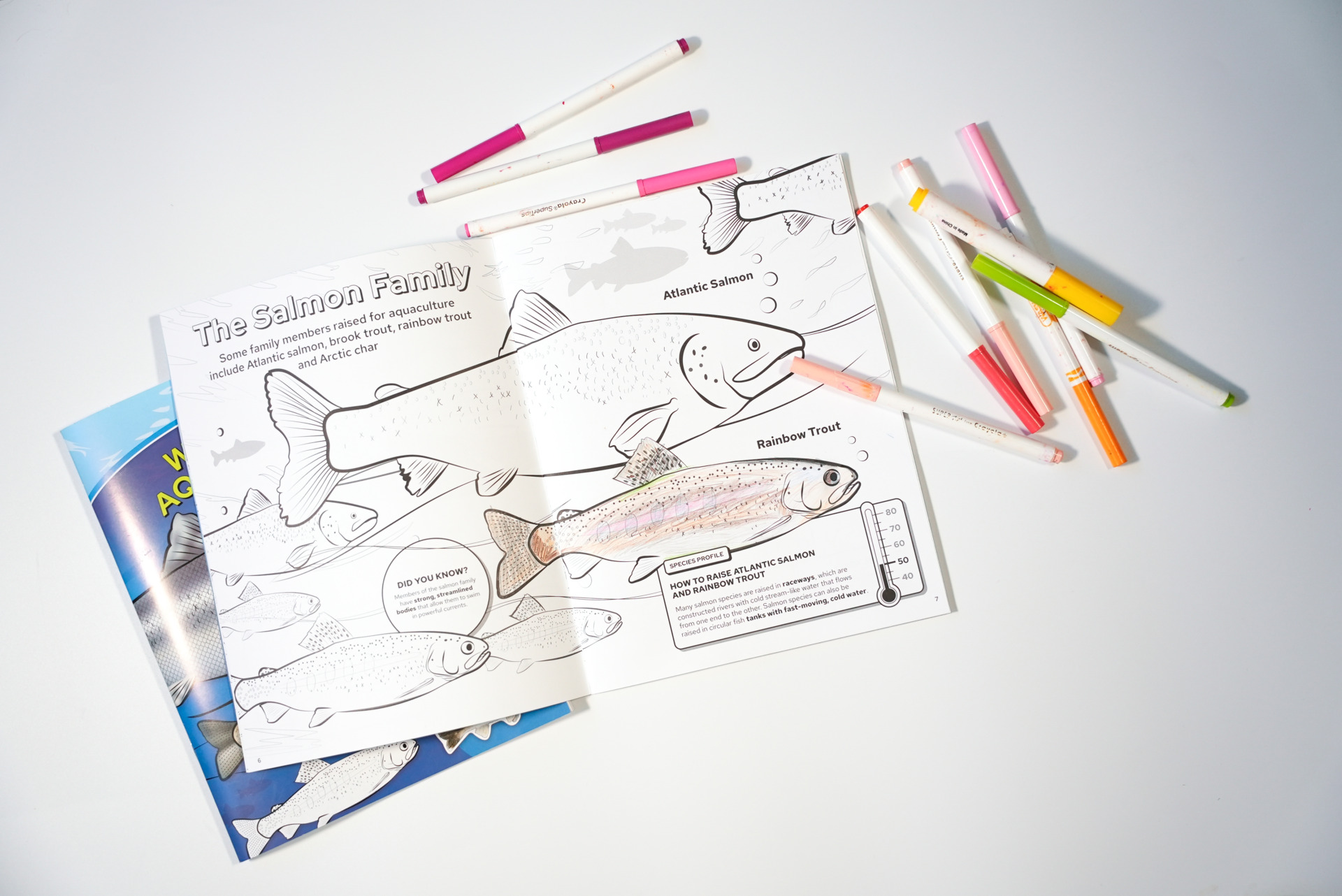In the first case, the dock was simply too large.
In the second, the design proposal was missing an important piece.
And in the third, a natural disaster was involved.
In each case, Gene Clark, coastal engineering outreach specialist for Wisconsin Sea Grant, used his expertise to prevent or solve major problems.
It’s all in a day’s work for the 58-year-old Clark, who works out of UW Sea Grant’s Lake Superior Field Office in Superior, Wis. Clark is known as a go-to-guy by local city officials, homeowners and Wisconsin Department of Natural Resources (WDNR) officials who have questions about issues and projects that affect the coastline.
The Case of the Large Dock
Last fall, Mark and Bonnie Matuseski noticed that the 250-foot dock their former neighbor had installed on Madeline Island’s Sunset Bay was changing the shoreline for the worse. The bay’s wave and water patterns were being disrupted, and the shoreline was eroding at an alarming rate.
When attempts to resolve the matter privately proved unfruitful, the Matuseskis contacted the WDNR’s John Spangberg, who turned to Clark for the advice he needed to resolve the issue. Clark’s coastal engineering review of the situation stood the test of a top environmental law firm, a second coastal engineer and a professional hydrologist. The new property owners were ordered to extensively modify and shorten the dock.
The Matuseskis couldn’t have been happier with the results—or with Clark’s contributions.
“Mr. Clark addressed our problem with scientific method and astute observation skills,” they wrote in a letter to Jim Hurley, UW Sea Grant’s director. “Not only did he make his coastal engineering survey but also was a constant resource for us. In email, conversation and site visits he answered questions and taught us coastal processes. He was thorough, thoughtful and exemplary in his professionalism.”
Clark’s landmark efforts are also changing how the WDNR approaches pier and dock permits throughout the state. Plans are in the works for a workgroup to rewrite the process.
As the Matuseskis state, “Sunset Bay is on the mend, thanks to Gene Clark and the Wisconsin Sea Grant Institute.”
The Case of the Missing Design Piece
In the town of Sister Bay, local officials had been looking to add an amenity every other Door County harbor already offers–a public beach. The design model was in place and builders were ramping up to get started, but local WDNR representatives still had concerns about the size of the beach design and the possible risk of encroaching on and affecting Sister Bay’s adjacent private yacht club and marina.
Enter Clark, who was quickly able to see that the coastal structures the design model needed to keep the beach from eroding weren’t drawn to the same scale as what was originally proposed.—they were too big.
“They asked me, ‘Will these structures create hazardous waves that will affect the marina sedimentation?’ ” recalled Clark. “I couldn’t answer their question because the model didn’t look at these conditions. I helped them understand what the modeling report was really saying and pointed out questions that weren’t being answered.”
Although the project is still in process, as a result of Clark’s assistance, the town has the information it needs to avoid alienating boat owners and constructing what could have been an expensive mistake.
The Case of the Natural Disaster
After a record-breaking spring rainfall hit Superior, Wis., WDNR and Douglas County officials asked Clark to put his Great Lakes coastal engineering prowess to work to help two homeowners on the St. Louis River. The combination of storm water running off the land and a flooding river washed away large sections of the property owners’ backyards. They were losing sleep worrying about their homes falling into the river and wanted advice on how to fix the erosion.
Clark toured the locations and discussed the situations with agency staff. They used the information to provide advice to the homeowners so that the banks could be restored and stabilized in the most effective manner to save their homes.
“Gene is readily available and always willing to help,” said Christine Ostern, Douglas County conservationist. “He has a wealth of knowledge and experience about coastal erosion issues specific to our area. He seems to always have time for educating local resource managers and decision-makers.
“We appreciated his help with the storm damage sites because those were complicated larger projects that we knew would require his expertise,” Ostern said. “It’s good to know we have such a great resource nearby.”
House falling into the water? Have questions about beach design? Neighbor’s dock got you down? If you’re an agency representative, Gene Clark is your man.





